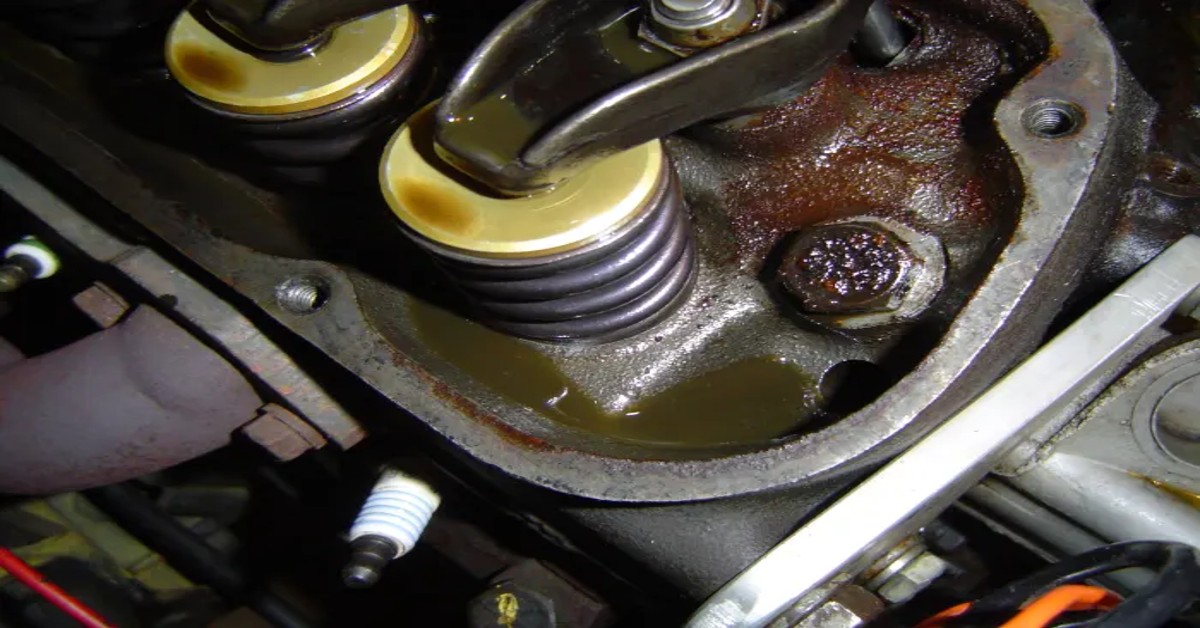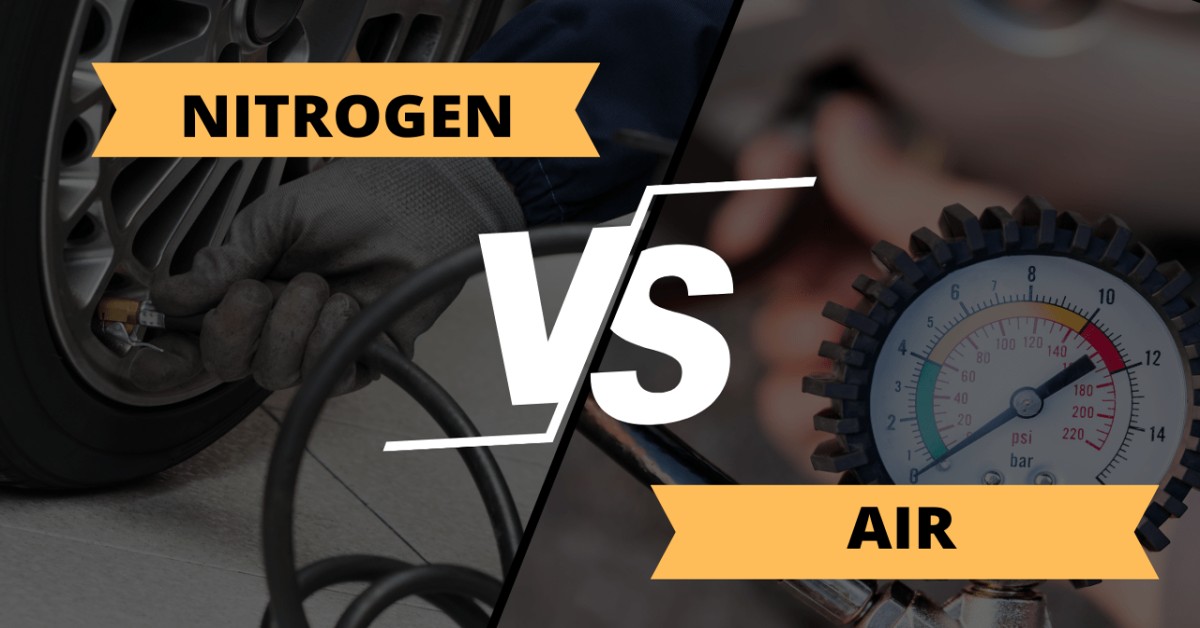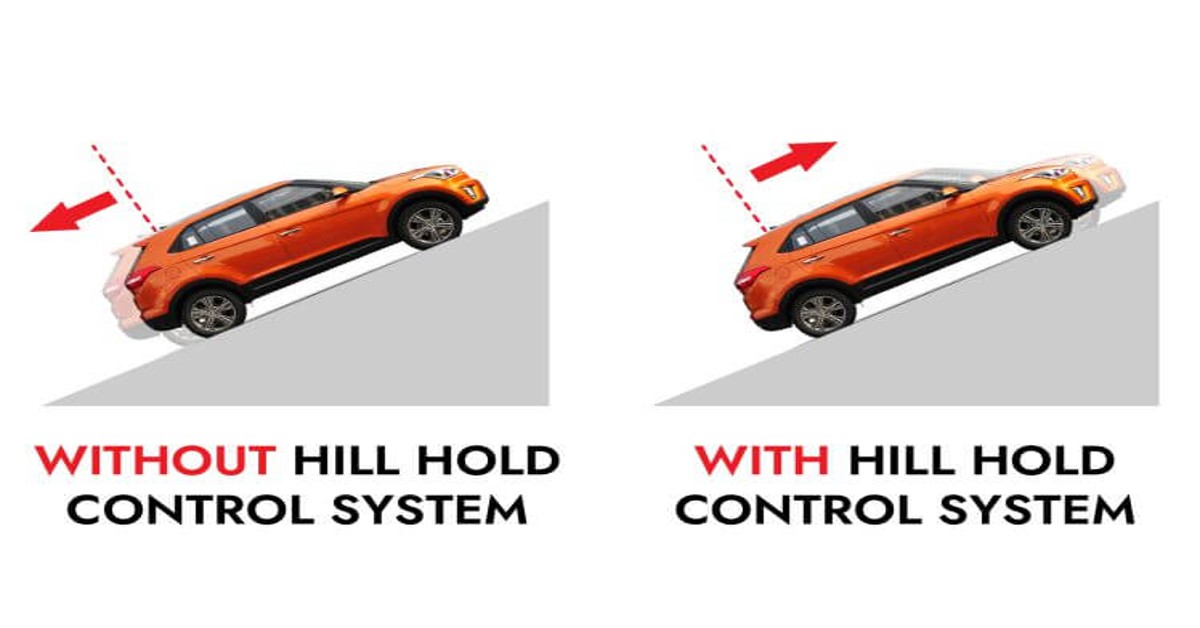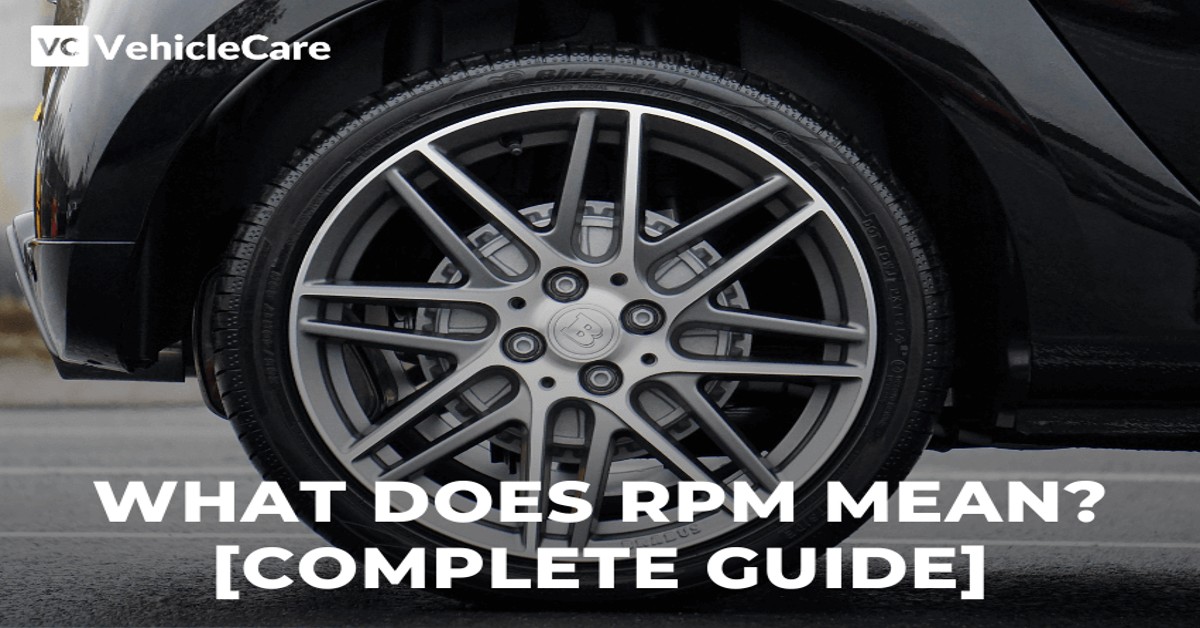Monsoon is here and so is the proverbial winter for your car. Whether you live in a city with slight drizzly weather or one with a moderately dry climate, you can never really know when you will get caught in a flooded road during the months of monsoon.
Taking your car out in monsoon always runs the risk of getting in contact with water. And this may mean a host of different problems such as moisture-soaked seats, electrical malfunction, rust, corrosion build-up, and so on. But there is a more serious problem you could be at the risk of if you drive in roads flooded to the brim – Hydrostatic Lock, also known as the engine killer.
“A Hydrostatic lock in a car is a condition that occurs when the engine comes in contact with water. More specifically, it happens when water makes its way into the cylinders where it obstructs compression to proceed in proper order“.
Table of Contents
How Does Hydrostatic Lock Occur?
A hydrostatic lock occurs mainly as a result of water seeping into the engine. It replaces the combustion elements in gaseous form with liquid which obviously doesn’t jibe well at all in the procedure. However, water, in small amounts may not cause combustion reaction to suffer much and the engine can mostly succeed to pass down the moisture through the exhaust.
Typically what is seen to cause a hydrostatic lock are flooded roads. In India where poor quality roads are commonplace, this poses a major risk as you may have to trudge through the area even if you don’t want to. In which case, certain driving tips in monsoon might come in handy for everyone.
Driving Tips In Monsoon
A heavy downpour is always unexpected, in some places, this may include driving with water just a couple of inches high while in others it means trudging in a painfully slow and heavy traffic through a patch of flooded road. So what should you do? What are some of the steps you can take to avoid getting stuck in this quagmire? Here are some tips to help you steer clear of monsoon driving problems.
Ensure Tyres Are In Good Condition
For a better grip on the road and to manoeuvre effectively, it is important to have sufficient tread on your tires. If the tyres haven’t been changed in a while or have gone completely bald, it may lead to dangerous outcomes on wet roads. Essentially, you want to have them replaced approximately when 4/32″ of remaining tread depth is reached and you can easily check that using a 1 rupee coin. Place the coin into one of the treads and see how much of the coin is visible. If the tread barely encases the coin, then the tyres have reached their safe wear limit.
Avoid Getting Into Heavy Water Clogged Areas
No one really wants to be stuck bumper to bumper with other cars on a jam-packed, flooded road, sat on moisture-soaked grubby seats. It is no picnic to say the least. But sometimes plowing through the traffic to get to somewhere can be a necessity. And that’s completely understandable.
However, it is extremely crucial to try and avoid getting caught in such a situation where possible because what you may see as a way to get to your destination can actually leave you stranded for hours with no route for escape.
Drive Steadily In water
Against your best efforts to avoid taking that road, if this situation does arise, the best you could do to get out would be to go easy. Don’t try to rush it in an attempt to get out of the water, that will only push you deeper into the mire and increase the chances of a Hydrostatic lock. The key to successfully drive through the patch is a slow and steady pace. Avoid braking hard or flooring the throttle, keep the engine RPMs up, and maybe, possibly you may come out of the situation without an engine stalling on you.
Don’t Attempt To Start The Car When It Stalls Out
Whenever a car stalls out, your first instinct might be to start it back again. But with a hydrostatic lock that may not be what you want to do because combustion in the presence of moisture will not only let your car turn back on but the struggle for the engine to run will cause significant damage to the internal parts of your car. Moreover, It isn’t always that the engine would go out in the middle of a watery road. It can sometimes take some time but if you suspect that water has seeped down in the engine, your next step should be to contact a mechanic.
Immediately Change The Air Filter
Even if you successfully avoided a hydro lock, the next step to take is replacing your air filter The air filter in your car sucks in whatever there is outside, filtering out contaminants to get into your engine. It is in the moisture-soaked state that it will start to accrue more dirt in itself as opposed to filtering it and sustain damage that will render it ineffective. So, if you find your air filter to be drenched completely and in bad shape, it would be a good idea to replace it.




